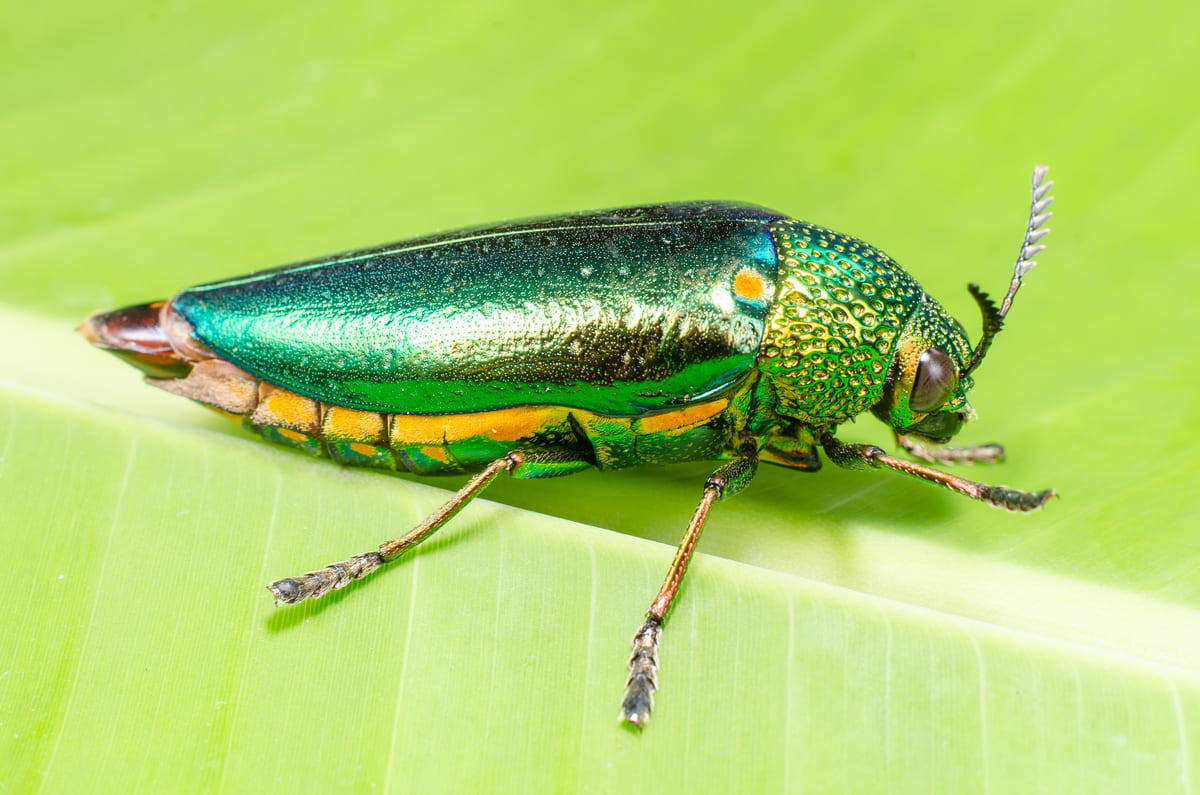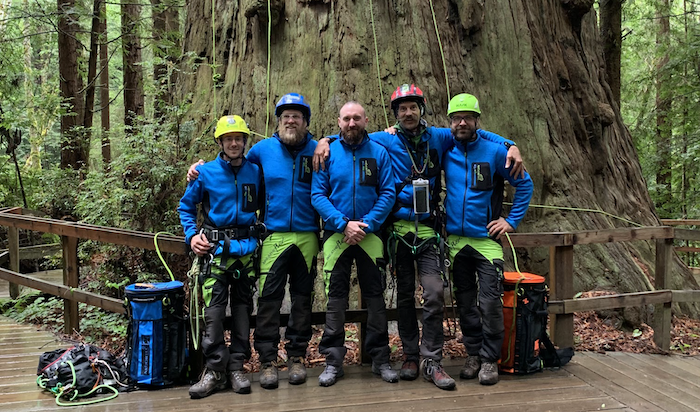
The emerald ash borer (EAB) has recently made its presence known in the Pacific Northwest, posing a significant threat to the ash tree population. The invasion of this destructive insect has implications for homeowners, arborists, and the ecosystem at large.
In this article, we delve into the characteristics of EAB, its impact, and crucial strategies for identification and mitigation.
What is the Emerald Ash Borer?
The emerald ash borer, scientifically known as Agrilus planipennis, is a highly destructive insect native to Asia. Since its accidental introduction to the United States, likely through imported wood packaging materials, EAB has wreaked havoc on ash tree populations across the country.
EAB typically infests ash trees, feeding on the inner bark and disrupting the tree's ability to transport water and nutrients. Understanding its life cycle is crucial for effective management.
Identifying characteristics of EAB infestation
Detecting an EAB infestation early is key to mitigating its spread and minimizing damage to ash trees. Here are some telltale signs to watch out for:
D-shaped Exit Holes
Adult EAB beetles create distinctive D-shaped exit holes in the bark of ash trees as they emerge from their larval stage.
S-shaped Galleries

Underneath the bark, EAB larvae create serpentine or S-shaped galleries as they feed on the tree's inner bark, disrupting its ability to transport nutrients and water.
Canopy Thinning
Infested ash trees often exhibit signs of canopy thinning and dieback, as the damage inflicted by EAB weakens the tree's overall health.
Epicormic Sprouting
In a last-ditch effort to survive, ash trees may produce epicormic sprouts along their trunk and branches, a response to the stress caused by EAB infestation.
The arrival of the emerald ash borer in Oregon poses a significant threat to the state's ash tree population. With no natural predators to keep its numbers in check, EAB can rapidly spread and decimate entire stands of ash trees if left unchecked.
Mitigation and management strategies
Early Detection and Monitoring
Regular and thorough inspections of ash trees are crucial for the early detection of EAB infestations. It's essential to be vigilant, especially in areas where ash trees are prevalent, such as campgrounds, nurseries, and urban settings. By monitoring trees for signs like D-shaped exit holes, S-shaped galleries, canopy thinning, and epicormic sprouting, we can identify infestations early and take appropriate action.
Tree Removal and Disposal
In cases where ash trees are severely infested beyond the point of recovery, timely removal and proper disposal are essential to prevent the further spread of EAB to nearby healthy trees. It's crucial to handle the removal process carefully to minimize the risk of spreading EAB larvae or adults to other areas. Proper disposal methods, such as chipping or burning infested wood, can help eradicate EAB and mitigate its impact on the surrounding environment.
Promoting Tree Diversity
Encouraging the planting of diverse tree species in urban and suburban landscapes is an effective long-term strategy for reducing the reliance on ash trees and mitigating the impact of potential EAB outbreaks. By diversifying tree populations, we can create more resilient ecosystems less susceptible to the devastation caused by invasive pests like EAB.
Professional Help
Consulting with a certified arborist like us at Oregon Tree Care is vital to determining the most suitable and effective treatment options. We can recommend the appropriate methods while considering factors such as tree health, environmental impact, and efficacy.
Protect Oregon's trees with Oregon Tree Care

As we face the threat of EAB, it's crucial to take action to safeguard Oregon's trees and urban forests. At Oregon Tree Care, we’re here to help you protect your ash trees and preserve the beauty of our landscapes. Whether you need expert tree inspections or professional tree removal services, our team is dedicated to providing comprehensive solutions tailored to your specific needs.
Don't wait until it's too late. Contact us online or call us at (503) 929-9437 to schedule a consultation and learn more about how we can help you combat the spread of the emerald ash borer and ensure the long-term health and vitality of your trees. Together, let's protect our cherished ash trees and preserve Oregon's natural beauty for generations to come.